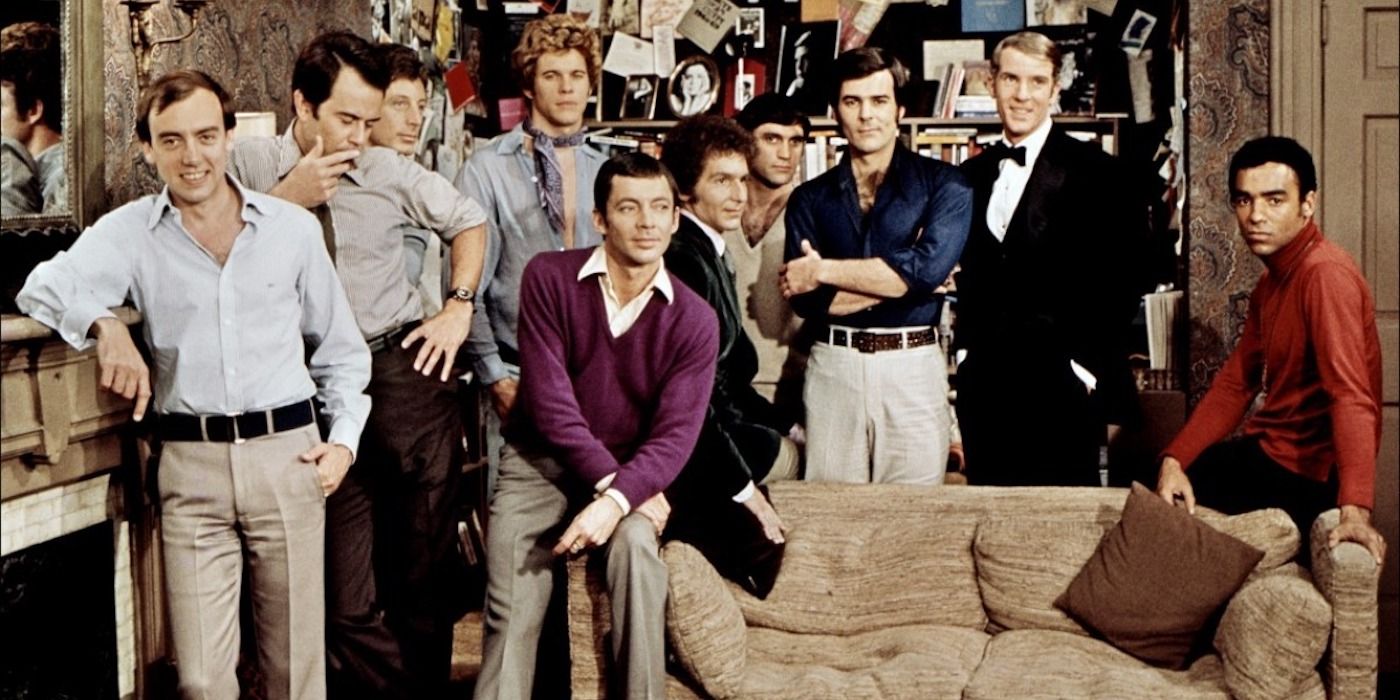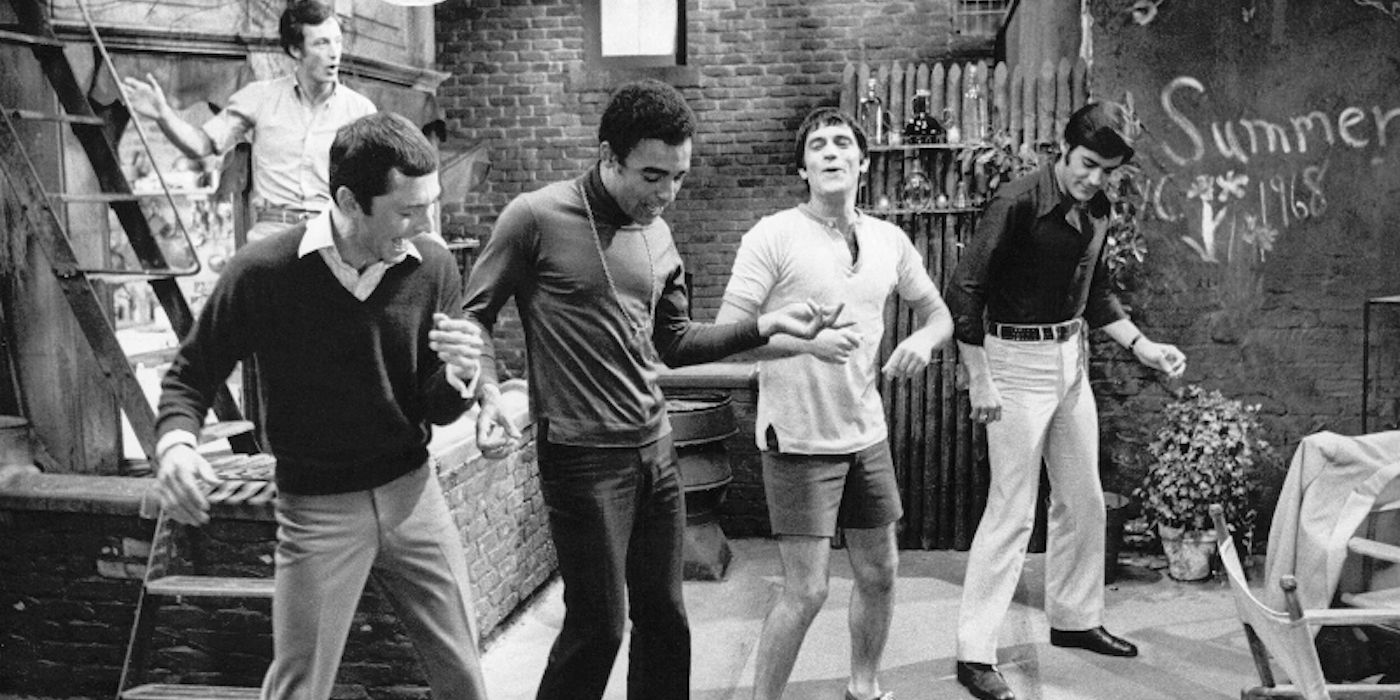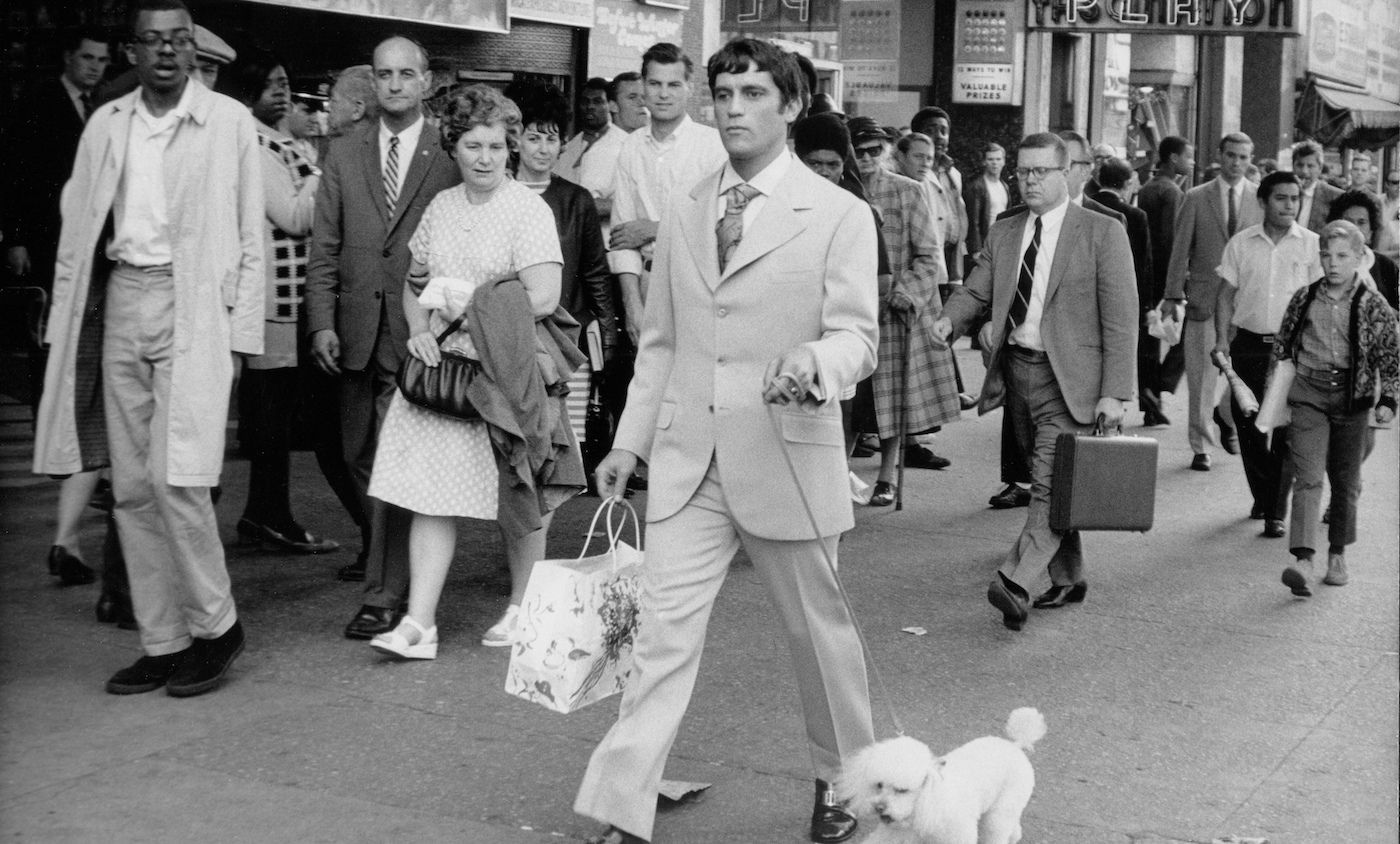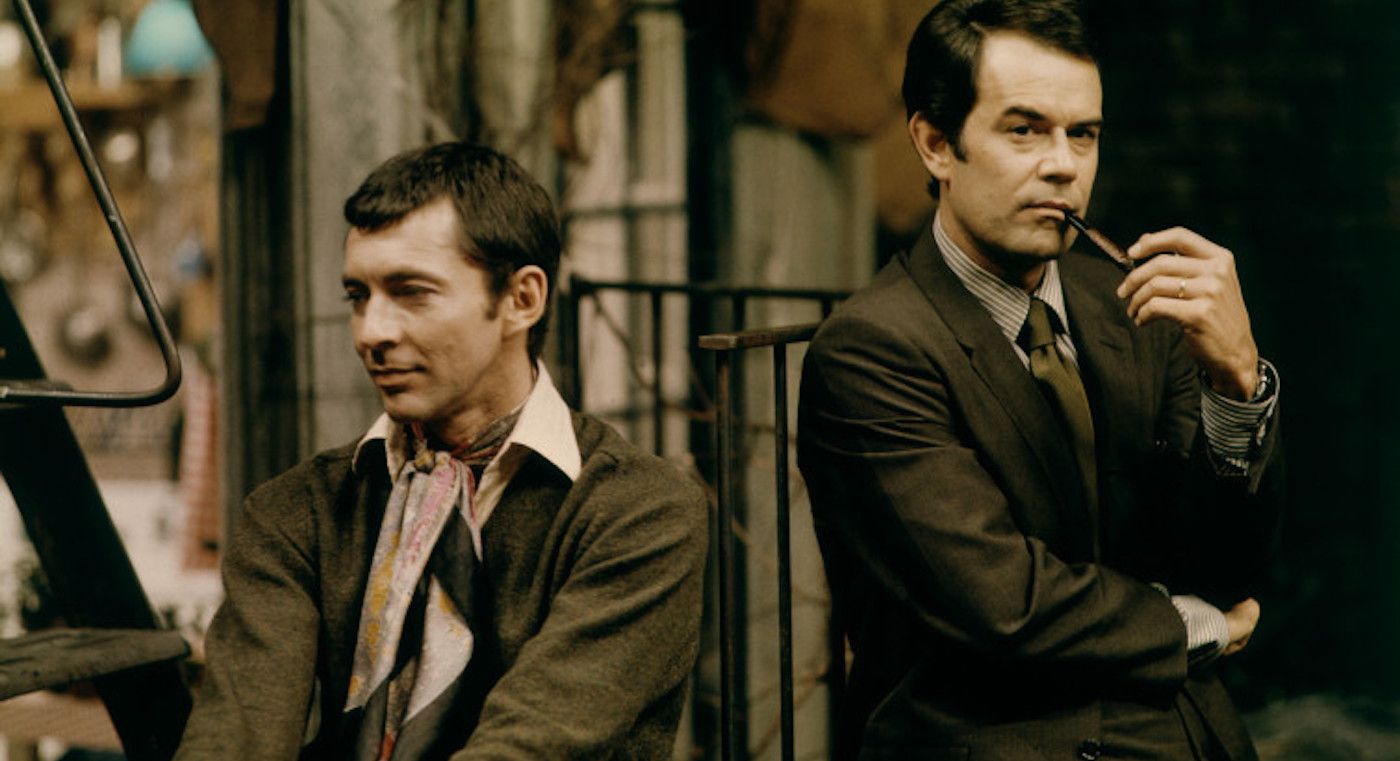The riots changed everything.
Never before had a successful mainstream director (William Friedkin) been enlisted to helm such a controversial project.
Even more daring was the fact that six of the film’s actors were gay themselves.

Image Via National General Pictures
As the film begins, the friends gather on host Michael’s (Kenneth Nelson) outdoor apartment terrace.
Once the fisticuffs start flying, the guests at Michael’s party are no longer free to be themselves.
This is where the film becomes especially distressing to watch.

Image Via National General Pictures
The movie’s characters are no longer content, proud gay men.
They are, instead, despondent, spiritually flogged, and emotionally castigated.
Harold is whip-smart, caustic, hilariously acidic, and intolerant of Michael’s bullying behavior.

Image Via National General Pictures
“We tread very softly with each other,” Harold calmly daunts Michael.
“I know this game you’re playing.
Who’d make a pass atyou?

Image Via National General Pictures
I’ll tell you who -nobody.
Except some fugitive from the Braille Institute.”
Harold further drives that message like a stake through the heart in his fiercely painful final takedown of Michael.

“You’re a sad and pathetic man,” Harold tells Michael.
“You’re a homosexual and you don’t want to be.
But there’s nothing you’re free to do to change it.
You’ll always be a homosexual.
Until the day you die.”
“If we could just not hate ourselves so much.
That’s it, you know.
If we could just learn not to hate ourselves quite so very much.”
How did gay audiences react to the film’s bleak themes at the time?